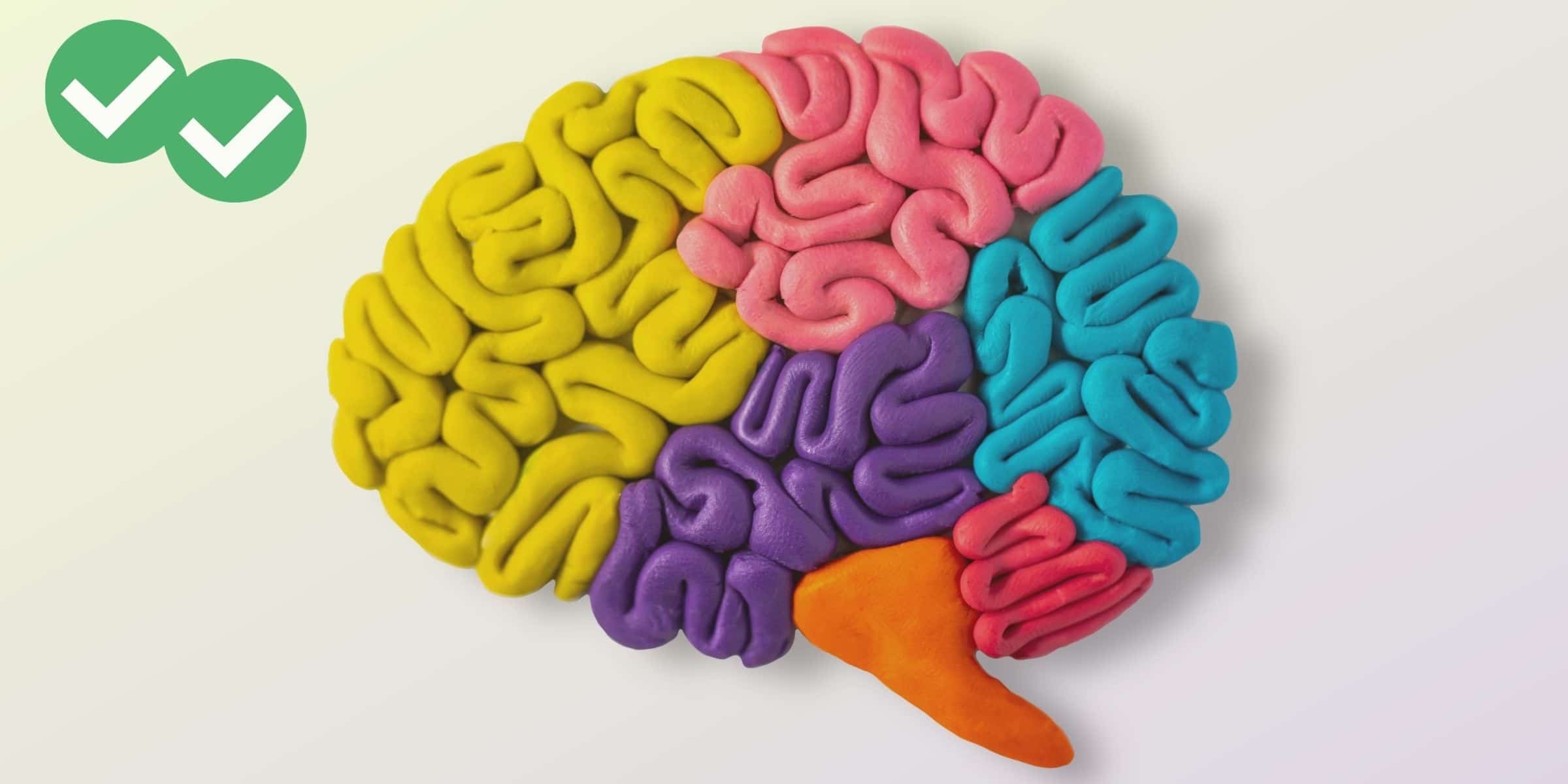
As Kate and I have mentioned, the TOEFL score is really a measure of your academic skills in English. These skills relate to how you learn and create new information
Much of TOEFL Reading measures your ability to understand new information and make inferences. The TOEFL Reading Section also asks you to add new information to a passage. This skill is measured in three ways. You’re asked to add a sentence to a reading passage, categorize ideas in a passage, and summarize a reading.
Adding Sentences
When you add sentences into a TOEFL iBT passage, you do not change the meaning of the passage. Instead, these sentences add supporting details. For instance, in an official ETS TOEFL reading passage about the extinction of the dinosaurs, you must correctly add a sentence about Darwin’s theory of evolution. The sentence is a supporting detail, related to the main idea of extinction. For the full example, see page 6 of this PDF from the official ETS website).
Adding small details to a passage without changing its meaning can be a little tricky. While the TOEFL gives you an extra sentence to work with, the best way to practice this general skill is to write new sentences into reading passages. For this skill, find simpler passages that have room for extra ideas. In these readings, try to add no more than one sentence to each paragraph. Most news websites have many short articles. Yahoo News and The Week are especially good sources of short readings. Websites for students such as English-Online and Student Weekly are useful for practicing this skill too.
Categorizing Ideas
To practice the skill of categorizing information, look for online readings that compare different things. Lists of popular travel destinations or different kinds of products are obvious choices. After reading this travel “list article,” you could make a chart that categorizes information about the 10 different South American travel destinations in the article. There are more challenging ways to categorize the information in the article as well. You could classify information about the six countries mentioned in the article: Peru, Ecuador, Venezuela, Chile, Bolivia, and Brazil. You could also classify information related to article topics such as water, jungles, mountains, etc….
The best, most challenging way to build these skills is to read an article that has one main subject and is not in “list” format. Take this article on orangutans (a type of primate). Many different things about the animal are discussed, including body parts, diet, and habitat. How can you classify this information? Try making a written chart. Give the chart topic headings such as “size,” “diet” or “behavior.” What phrases and facts from the reading belong under each heading?
Summarizing Information
Practice your reading summary skills with both long and short articles. While the TOEFL provides you with already-written sentences to choose from, it’s better to practice these skills by summarizing things in your own words. This is what will be expected of you in the university or college you go to after passing the TOEFL. Start with an easy practice activity. Find an online reading that has a detailed title and headings for different sections (common on news websites). Write summary sentences based on the title and headings.
For an example of how this works, look at this article about comets and planets. The title is “Comet in Close Encounter with Mars.” This can be turned into a topic sentence for a summery paragraph. The subheadings in the article are “External Forces” and “Spacecraft Threatened.” These could be supporting sentences in the summary paragraph. A short summary of the article could look like this:
A comet has come very close to the planet Mars. Scientists have sent rovers and satellites to Mars to see how external forces such as comets affect the planet. There are worries that the comet could damage these spacecrafts.
Once you’ve done a simple summary exercise based on titles and headings, develop your summary skills more. See if you can add one or two more sentences to your simple summary. Then find an article that has no headings and a simpler title, and try making a brief summary of it.
This post and my last post give you a lot of ideas on how to practice the reading skills that are measured by the TOEFL. Next we’ll look at good ways to practice the academic listening skills that are tested on the TOEFL iBT.






Leave a Reply